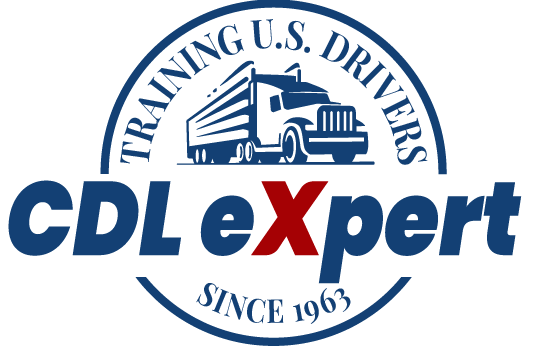Drivers can experience fatigue and drowsiness while on the road, which can put them and the general public in danger. To prevent this, the Federal Motor Carrier Safety Administration (FMCSA) has established Hours of Service (HOS) regulations. These regulations limit how long commercial motor drivers (CMD) can spend on duty on the road.
The goal of the HOS regulations is to prevent accidents and promote the safety of commercial drivers. The FMCSA aims to prevent road accidents by limiting how long a driver can be on the road and imposing mandatory breaks. These regulations also promote fair competition since all drivers are subject to it. Well-rested truck drivers make for safer highways around the country.
What are the HOS rules?
11-Hour Driving Limit: May drive a maximum of 11 hours after 10 consecutive hours off duty.
14-Hour Limit: May not drive beyond the 14th consecutive hour after coming on duty, following 10 consecutive hours off duty. Off-duty time does not extend the 14-hour period.
30-Minute Driving Break: Drivers must take a 30-minute break after driving for 8 cumulative hours without at least a 30-minute interruption. The break can be satisfied by any non-driving period of 30 consecutive minutes.
60/70-Hour Limit: May not drive after 60/70 hours on duty in 7/8 consecutive days. A driver can restart the 7/8 consecutive day period after taking 34 or more consecutive hours off duty.
Are there any HOS exceptions?
As with other regulations, there are some exceptions to the HOS. Below are some of the more common exceptions.
Sleeper Berth Provision: Drivers can split the required 10-hour off-duty period as long as one off-duty period is at least 2 hours long and the other involves at least 7 consecutive hours in the sleeper berth. Both periods combined must total at least 10 hours.
Adverse Driving Conditions: Drivers can extend the 11-hour maximum driving limit and 14-hour driving window by up to 2 hours under adverse driving conditions.
Short-Haul Exception: Exempts drivers from the requirements of §395.8 and §395.11 if the driver operates within a 150 air-mile radius of the normal work reporting location and does not exceed a 14-hour duty period.
34-Hour Restart: Allows drivers to reset their 60/70-hour limit after taking 34 consecutive hours off duty. This can be done at any time, even if the driver has not reached the 60/70-hour limit.
How do I track my HOS?
Tracking your HOS is crucial for compliance with federal regulations and ensuring road safety. Most drivers will have an Electronic Logging Device (ELD), but in some cases paper logbooks and app-based solutions are available.
1. Electronic Logging Devices (ELDs)
Mandatory for Most Drivers: The Federal Motor Carrier Safety Administration (FMCSA) requires most commercial drivers to use ELDs.
Automatic Recording: ELDs automatically record driving time and monitor engine hours, vehicle movement, miles driven, and location information.
User Interface: Drivers input their duty status (driving, on-duty not driving, off-duty, sleeper berth) into the device.
Compliance: Ensures compliance with HOS regulations by preventing tampering and providing accurate records.
2. Paper Logbooks
Manual Tracking: Drivers manually record their duty status, hours driven, and breaks in a logbook.
Grid Format: Typically uses a grid format where drivers mark their activities in 15-minute increments.
Required Information: Includes date, total miles driven, truck and trailer number, carrier’s name, driver’s signature, and main office address.
Less Common: Still used by drivers operating under short-haul exceptions or certain exempt categories.
3. Electronic Logbooks (e-Logs)
App-Based Solutions: Mobile apps that allow drivers to record their HOS on smartphones or tablets.
Less Regulation: Not as tightly regulated as ELDs but can be used for certain categories of drivers.
4. Fleet Management Systems
Integrated Solutions: Often part of broader fleet management systems, including GPS tracking, vehicle diagnostics, and driver behavior monitoring.
Compliance and Efficiency: Provides fleet managers with real-time data on driver status and vehicle location to help ensure compliance and optimize operations.
Regardless of what system you use, make sure you regularly update your status, review all your daily logs, and keep any documentation (fuel receipts, toll tickets, dispatch records, etc.) to support your log entries.
Hours of Service (HOS) rules can vary by state, especially for intrastate commerce (transportation within a single state). While interstate commerce (transportation across state lines) follows federal HOS regulations set by the Federal Motor Carrier Safety Administration (FMCSA), individual states may have their own HOS regulations for intrastate drivers. It is advisable to consult the state's DOT or relevant regulatory authority for comprehensive and state-specific information.
Make sure to comply with all HOS rules when possible and stay safe on the road.

Comments